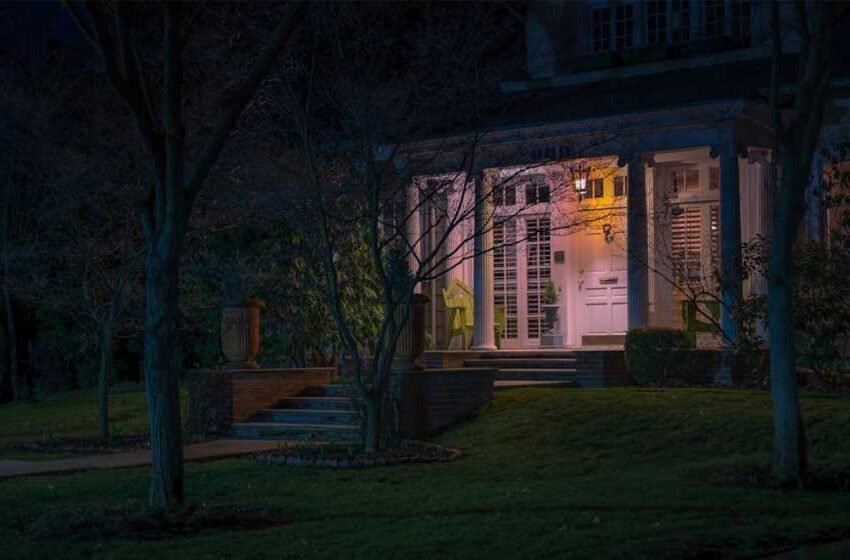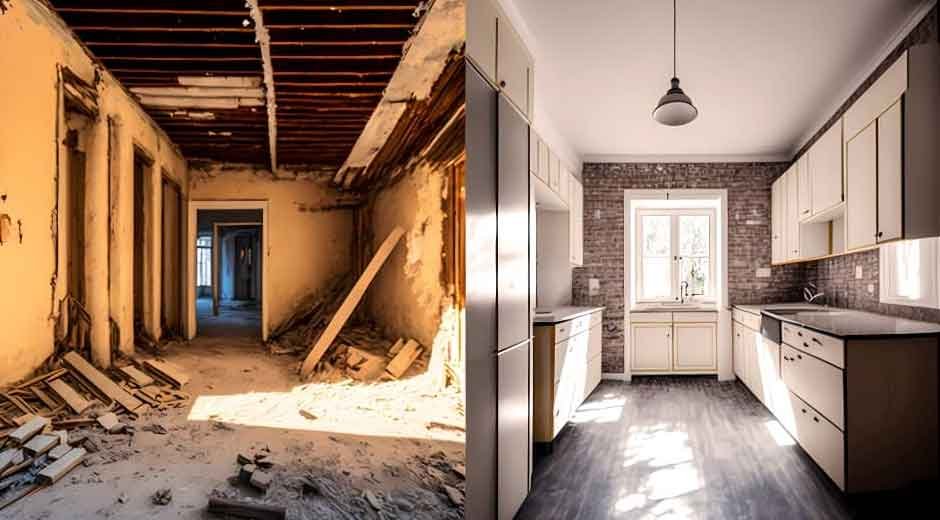How to Refresh Your Entryway Without a Full Remodel

The entryway is the first part of your home that guests see, and it often sets the tone for the entire house. Whether someone’s walking up for a quick visit or passing by on the street, the way your front entrance looks says a lot about the home behind it.
In Southern California, where bright days and laid-back design meet, the entryway often reflects both personal style and practical function. Many homes in the region are designed with stucco exteriors, tiled roofs, and bold entry doors, offering a unique chance to create a striking and inviting front area. The dry, warm climate also plays a role in how materials age and how often parts of your home need attention.
Still, making updates doesn’t have to involve major renovation. There are plenty of small, manageable changes that can bring new life to your entrance. These projects are often quick, affordable, and highly effective.
Update the Door and Hardware
One of the fastest ways to change the look of your entryway is by focusing on the door itself. The front door is often a centerpiece, and in many Southern California homes, it gets a lot of sun exposure. That means faded paint, cracked wood, or worn hardware can be common issues over time.
If the door is still structurally sound, a fresh coat of paint or stain might do the trick. Choose colors that match your home’s exterior while still adding contrast. Deep navy, burnt red, or olive green can all look striking without being too bold. If the door feels outdated or lacks features like energy-efficient seals, upgrading to a newer model can bring both style and comfort.
For homeowners looking to upgrade their front entry without replacing everything around it, working with a Southern California door company can help you choose from modern, weather-friendly materials that match your home’s style and climate. These companies often carry fiberglass or composite options that are more resistant to warping, cracking, or fading, making them better suited for homes in high-sun or coastal areas.
Many of these doors are customizable, too. Whether you prefer clean, minimalist panels or more decorative designs with glass inserts or iron accents, local providers often have options that work with your home’s architectural features. The right fit can boost your home’s curb appeal while improving long-term durability.
Add or Refresh Lighting Fixtures
Lighting can make a big difference in how your entryway looks and feels—both during the day and at night. Good lighting helps your home feel more welcoming and adds a layer of safety after dark. It also highlights the features you’ve worked on, like a freshly painted door or new hardware.
Start by looking at what you already have. If your light fixtures are rusted, outdated, or don’t match your home’s style, replacing them is an easy project. Wall sconces on either side of the door are a classic choice, while pendant lights work well for covered porches. Look for finishes that coordinate with your door hardware or house numbers for a more pulled-together look.
In areas where the sun sets later in the evening during much of the year, solar-powered or LED lighting can offer both energy savings and reliability. These options often come with timers or motion sensors, which help balance convenience and function.
Work on Paint and Trim Details
Small changes in paint and trim can refresh your whole entryway. A new coat of paint on the front door, trim, or shutters gives the space a cleaner, newer feel. If your home’s exterior is light, a darker or brighter color can add a bold accent. If it’s darker, lighter trim or a softer hue for the door can lift the overall look.
Make sure to patch any cracks or rough spots before painting. Clean lines and solid coverage matter as much as the color itself. A fresh look can be completed in a weekend and doesn’t require much more than paint, a few tools, and some careful work.
You can also update house numbers, doorbells, or mailboxes during this step. These smaller elements contribute to the overall appearance, and coordinating them with your new paint and lighting choices helps everything feel intentional.
Add Greenery and Accessories
Plants are one of the easiest ways to make your entryway feel more lived-in and welcoming. Climate-friendly options like succulents, ornamental grasses, or lavender work well year-round and don’t need a lot of upkeep.
Choose two matching planters to flank your doorway or add a cluster of smaller pots for a more casual setup. Just be mindful of scale—too many plants can crowd a space, while too few may feel unfinished.
Accessories like a clean doormat, a decorative wreath, or a bench can also bring character to your entrance. These elements are easy to swap with the seasons or whenever you’re ready for a small change.
Organize and Declutter the Area
Sometimes the biggest difference comes from simply clearing out clutter. Packages, shoes, umbrellas, or unused outdoor items tend to pile up near the front door. Taking time to sort and store these items helps your entryway feel more open and intentional.
Add hooks for coats or bags, a small table for keys, or a closed bench for extra storage. These pieces can be both functional and stylish, giving you a place to organize while complementing your home’s look.
You don’t need to start from scratch to improve how your entryway looks and feels. Focusing on paint, lighting, greenery, and a few material updates can help you create a space that feels new again. These changes don’t take long, and they can improve the experience for both you and your guests. Start small, and let each change guide the next.





